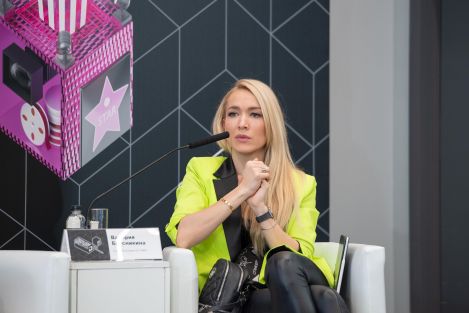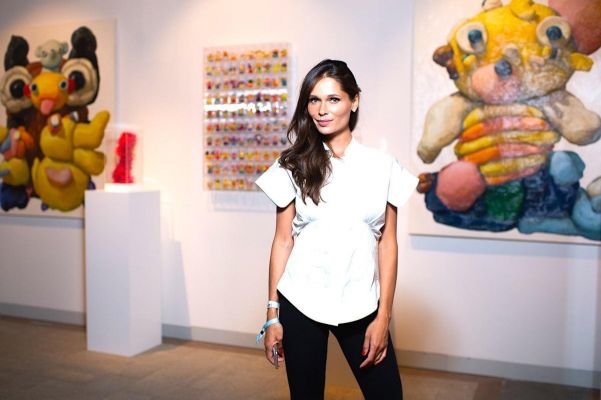
Valeria Brusnikina, manager of the IT projects portfolio of the IPChain Association, answers questions from foreign media
News

08 April 2021
On April 26 and 27, Moscow, at the Skolkovo Innovation Center, will host IPQuorum 2021: Tech for Content - a meeting place for creative industries and the world of intellectual property. The main topic of the forum's business program is new technologies for the production, distribution and monetization of content. Polina Askeri, the founder of ASKERI GALLERY, a website, told Tochka ART magazine about the prospects for the development of digital art and the impact of digital technologies on the modern art business https://artonline24.ru and the speaker of the future conference.
What processes in the digital environment, in your opinion, now have the greatest impact on contemporary art?
So far, this is not very obvious, especially in Russia, but I think that the sale and the desire to buy NFT, of course, set certain trends for artists, gallery owners, museums and dealers. I'm not talking about collectors anymore. Perhaps in the near future we will have to rethink collecting as a phenomenon.
How can you assess the impact of VR and AR on current exhibition activities and what are the prospects for the development of these technologies for museums and galleries?
During the lockdown, this was especially important and remains so for Europe and America: most of the fairs were moved to an online format, the largest museums opened online collections and began to create entertainment and educational online events in double volume; those museums whose collection was not digitized, published it on official websites, made virtual tours for everyone.
This certainly has a positive effect not only on the "accessibility" and popularization of art, but also on the desire to immerse yourself in the art world, become involved and see all this beauty live.
It is not enough just to look at the image, the photo of the work. You need to communicate with art live. It's a completely different experience.
Now at exhibitions, you can increasingly see exhibits created with the help of neural networks. How do you feel about such art objects? Are they in your collection?
There are no such objects in my collection, but I carefully monitor what happens at auctions and the marketplaces where digital art is presented.
Do you think digital algorithms can replace people in creating creative content? And does such content have collectible value?
I'm sure not. No matter how much they talk about the creative potential of artificial intelligence or the works of" art " that computers create, it is obvious that such works lack the most important thing — the soul, the aura of the work of art. In other words, the energy that the artist is able to put into the work.
AES+F, for example, has a collectible value. Here everything depends on the artists and the depth of the works.
Are you familiar with the current science art? How do you assess the fusion of science, technology and art in a single direction? Does this reduce the creative component of objects, turning artists into IT developers? Or, on the contrary, brings something new?
A very interesting approach to creating works. The artist becomes a researcher, immerses himself in science and at the same time appeals to emotions and feelings, gives the opportunity to "feel" science. I like it when you can see the beautiful and interesting in everything.
In a sense, the work of Gleb Skubachevsky is about this: he is a researcher, the creator of new worlds. Each of his works is a living organism that makes its journey from another world. Some of Gleb's first works, for example, resemble a microcosm.
By the way, Skubachevsky's solo exhibition will be held at the ASKERI GALLERY in June.
Which art object created using digital technologies has made the greatest impression on you recently, and why?
Now at MAMM an interesting exhibition — "Between Imagination and reality" by Sandy Skogland. Staged shots that include elements of the installation. The animals that are placed next to the pictures not only give us the opportunity to take pictures with them and become involved in the work of the magnificent Sandy, but also remind us of green backgrounds in the film industry and seem to give us the opportunity to "process" them in the future. It is very interesting.
You will participate in IPQuorum 2021: Tech for Content as a representative of the art industry. What do you think the forum will answer the main questions that arise when integrating creativity into the digital world? What do you personally expect from participating in it?
I like to see relationships. Therefore, I expect synergy and involvement in mutually influencing processes from the IPQuorum forum. I am very eager to discuss all the issues of interest with the professional community.